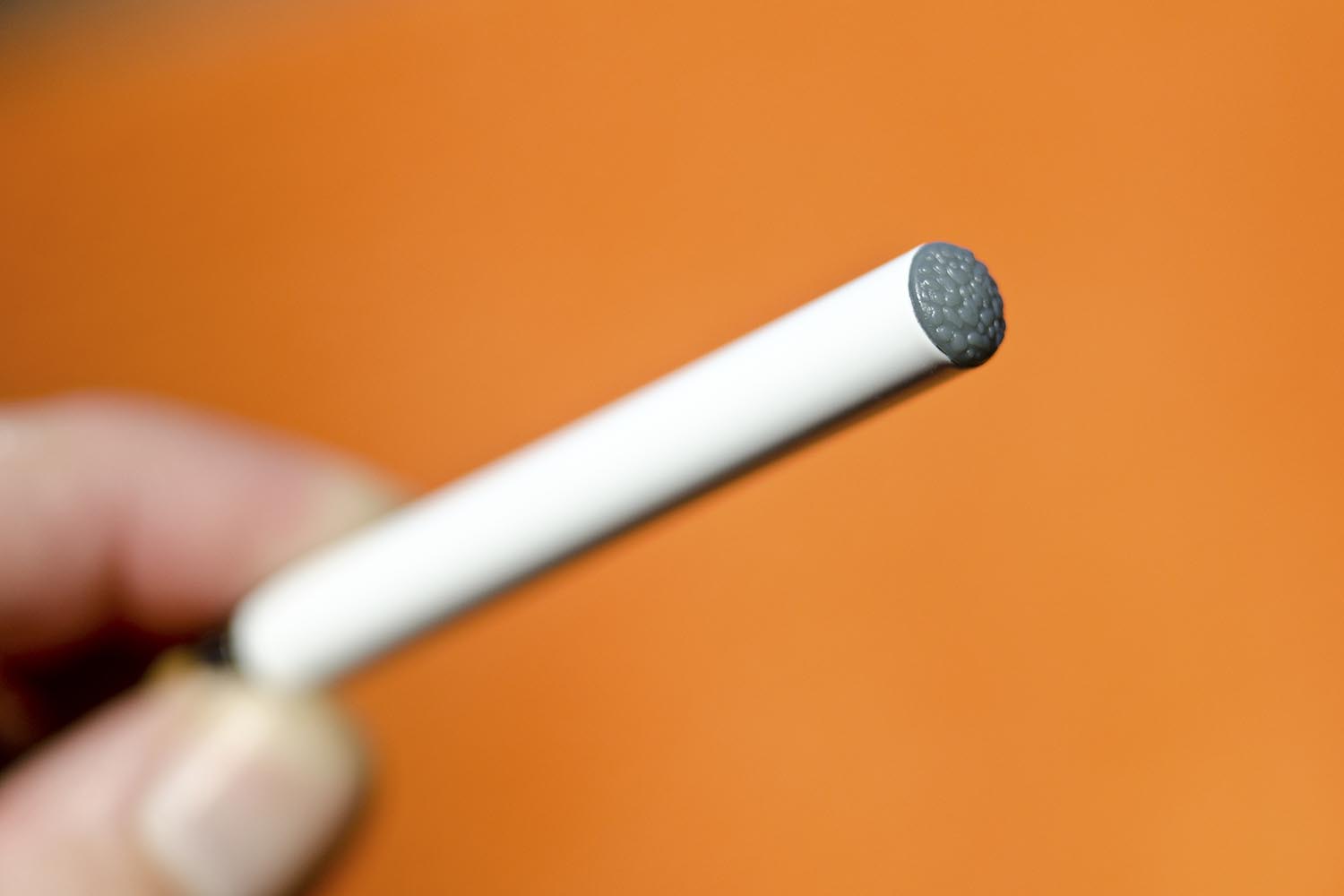
A team of researchers looked into the chemicals in 51 types of e-cigarettes and found something surprising: the buttery chemical found in microwave popcorn. The research was conducted by the Harvard T. H. Chan School of Public Health and studied flavored e-cigarettes and liquids from popular sellers.
The Study’s Goal was to Fish for Diacetyl, Acetoin and 2, 3 -Pentanedione
Diacetyl is a chemical that has been found in connection with a respiratory disorder called bronchitis obliterans, nicknamed ‘popcorn lung’. This chemical is often found in the artificial flavoring of microwave popcorn. The disease has the nickname from a case discovered at a microwave popcorn processing plant, where workers inhaled too much of the artificial butter flavor and got the disorder. Acetoin was also found in the lungs of the infected workers.
If these compounds are declared unsafe for inhalation, the damage it is doing to e-cigarette smokers is tremendous. 47 of the examined e-cigarettes has, at least, one of the three chemicals. Diacetyl was found in 39 of the e-cigarette flavors; acetoin was present in 46, and 2,3-pentanedione in 23.

Chemicals in E-Cigarettes Are Not Safe for Inhalation
The common populace is pretty in the dark about the dangers of e-cigarettes. Just the fact that it uses vapor as opposed to tobacco automatically made them the safer alternative. However, a lot of chemicals in e-cigarette flavoring is not safe for inhalation, and there are still no safe limits set for them. Not to mention that these chemicals are especially attractive to children, which poses hazards that are unspeakable.
How Relevant Are These Findings to the E-Cigarette Market?
Since there are countless brands of e-cigarettes, it’s not certain how much concern this brings to the market overall. Supporters of e-cigarettes still maintain that it is a safer alternative to tobacco smoking and even that it help them quit smoking regular cigarettes. The only problem is that e-cigarettes aren’t as regulated as tobacco cigarettes, which is something the FDA will start to tackle as of 2016.

















